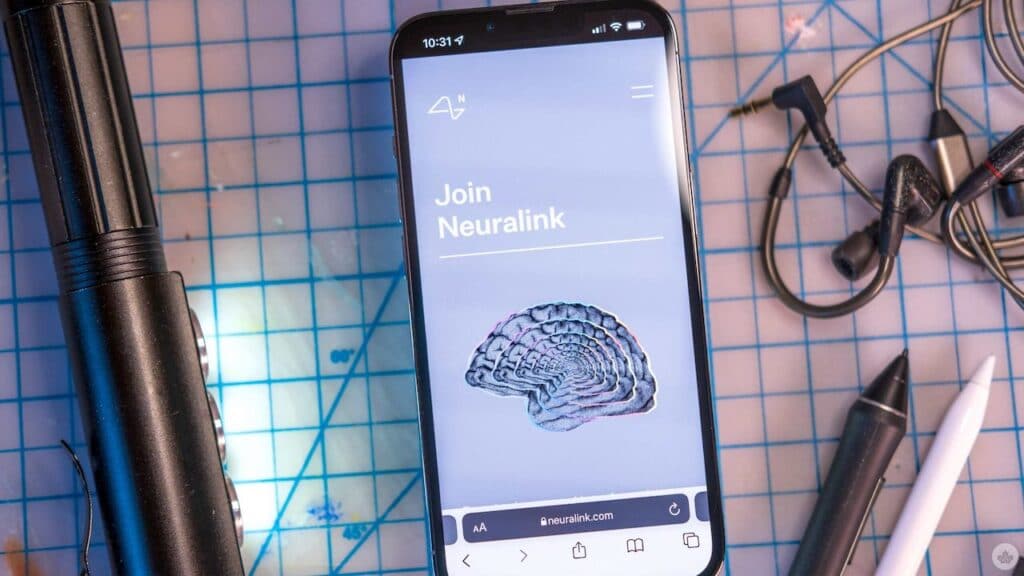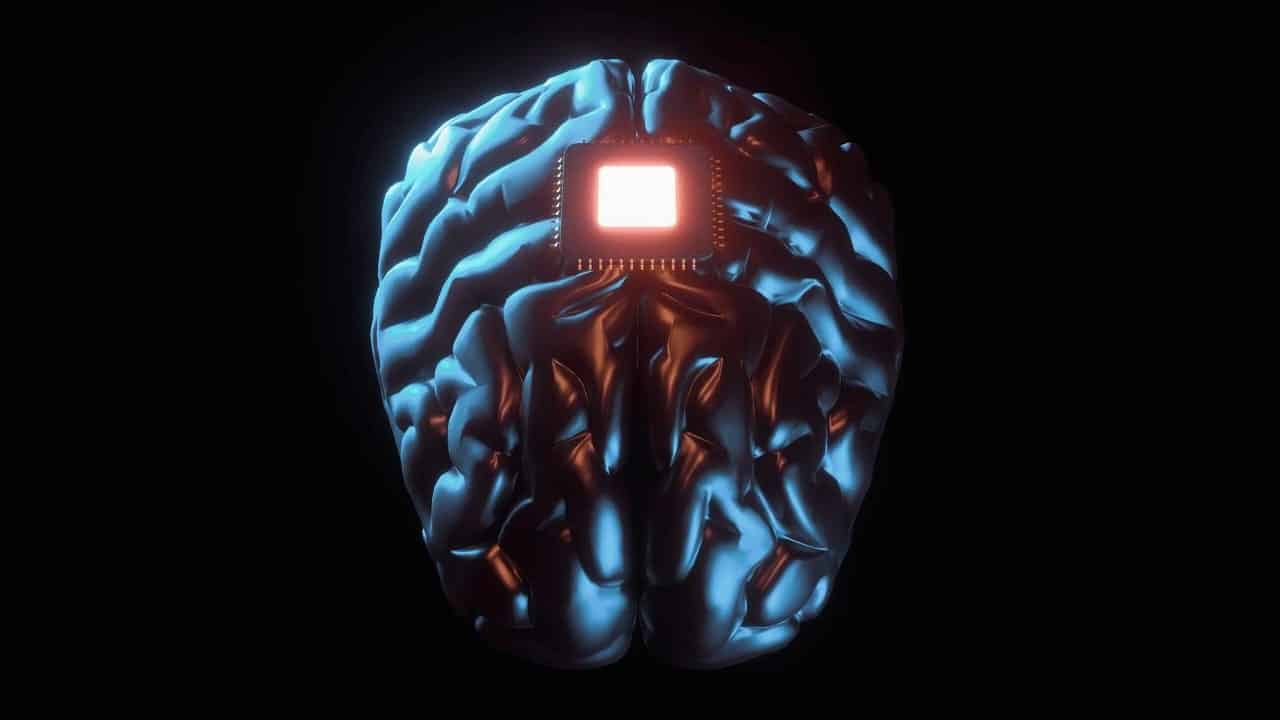NeuralinkElon Musk’s company specializing in brain-computer interfacesrecently announced the opening of registrations for its first study on humansknown as Precise Robotically IMplanted brain-computer interfacE (PRIME). Although Neuralink is not the first company in this field to test an implant on a human brain, the step is decisive.
Neuralink, registrations for the first implant in a human brain
The PRIME study focuses on safety analysis of the N1 implant and the R1 surgical robotas well as evaluating the initial effectiveness of the Brain-Computer Interface (BCI) in enabling theand people with paralysis to control external devices through thought. In particular, the primary target of the project are those who suffer from quadriplegia due to cervical spinal cord injury or amyotrophic lateral sclerosis (ALS).
Neuralink’s technology acts as a bridge between the human brain and machines, converting the brain’s electrical signals into digital commands that electronic devices can understand. To do this, they use an array of very thin probes, called high-fidelity Utah probes. These “wires” must be inserted through an advanced robotic surgery process, performed by robot chirurgo R1 on Neuralink.

These probes will go into the the patient’s motor cortex, where they will record and wirelessly transmit the electrical pulses produced by the region to a companion app. This app will then interpret these pulses into commands that computers can execute. Initially, the goal will be to control a computer cursor or keyboard using only your mind.
Neuralink has been working on this system since 2017. But allegations of causing unnecessary suffering and death in numerous test animals, which the American authorities are investigating, have undermined confidence in the process. The FDA, the American drug agency, however allowed the company to work on human subjects, after an initial rejection. The effectiveness of the devices remains to be seen: we will keep you updated.















Leave a Reply
View Comments